The world’s largest dark matter detector LUX-ZEPLIN experiment officially launched

History
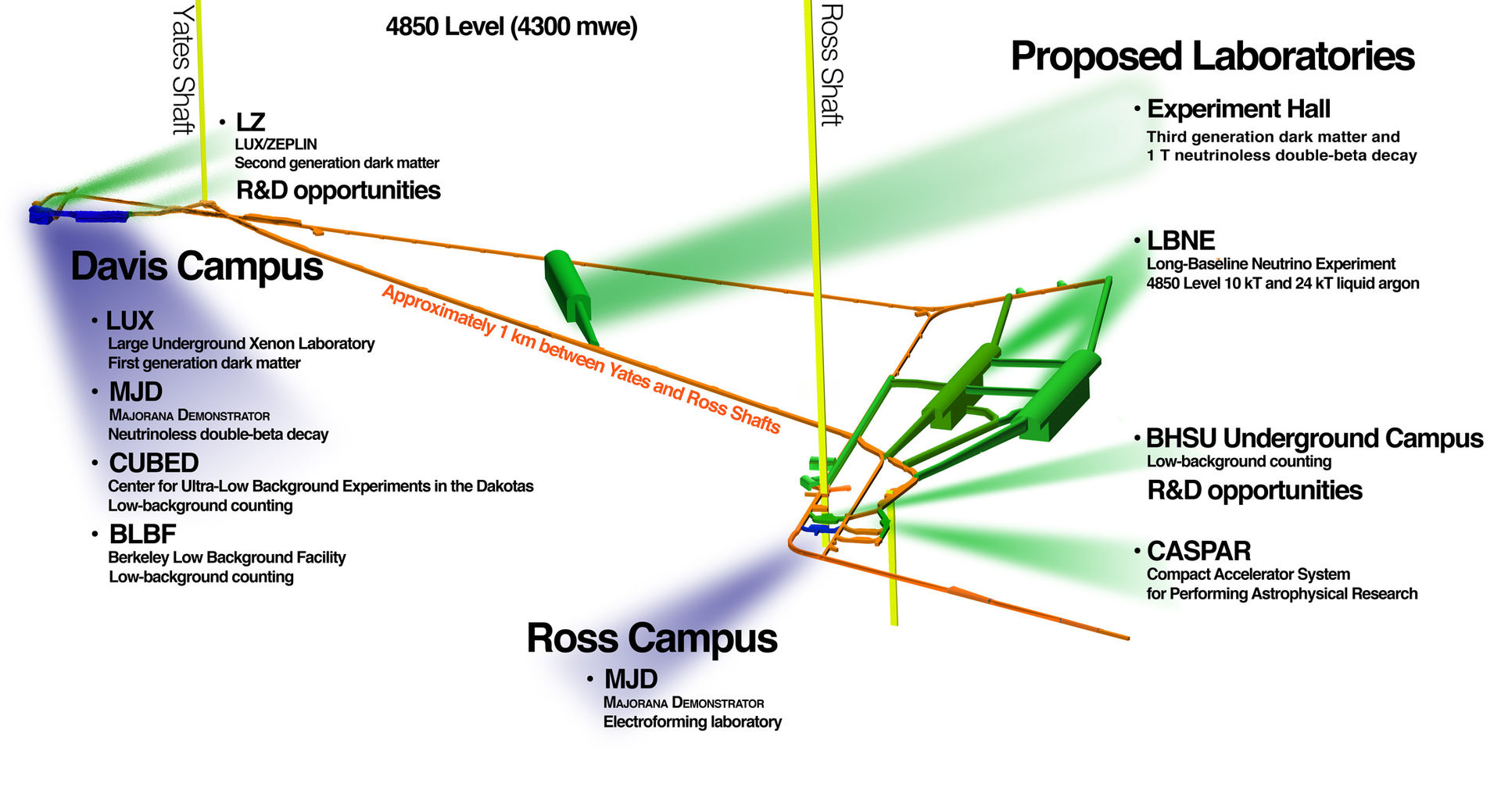
LUX-Zeplin -LZ- experiment, an international collaboration, is a WIMP- detector managed by Berkeley Lab and to be located in South Dakota
The LUX-ZEPLIN ( LZ ) Experiment is a next-generation dark matter direct detection experiment hoping to observe weakly interacting massive particles ( WIMP ) scatters on nuclei. It was formed in 2012 by combining the LUX and ZEPLIN groups. It is currently a collaboration of 30 institutes in the US, UK, Portugal and Russia. The experiment is located at the Sanford Underground Research Facility ( SURF ) in South Dakota, and is managed by DOE’s Lawrence Berkeley National Lab ( Berkeley Lab ).
The experiment uses an ultra-sensitive detector made of 10 tons of liquid xenon to hunt for signals of WIMP-nucleus interactions. It is one of three such experiments which lead the search for direct detection of WIMPs above 10 GeV/c2, the other two being the XENONnT experiment and the PANDAX-4T experiment.
In the spring of 2015, LZ passed the ‘Critical Decision Step 1’ or CD-1 review, and became an official DOE project. U.S. Department of Energy officials on Sept. 21, 2020 formally signed off on project completion for LZ; DOE’s project completion milestone is called Critical Decision 4, or CD-4.

Workers with the LUX-ZEPLIN central detector after transporting it underground to the Sanford Underground Research Laboratory.
Now
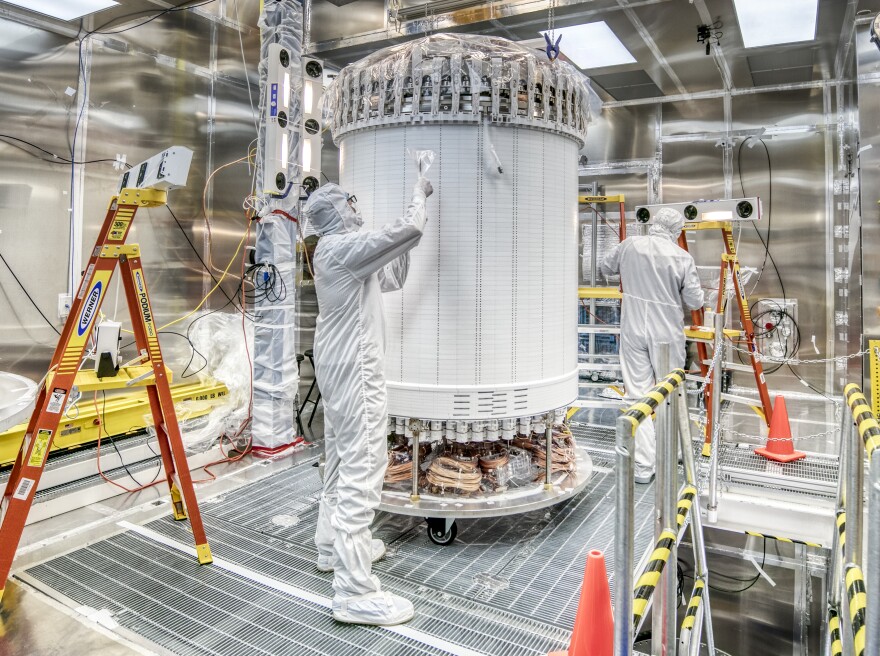
The LZ detector module in a clean room before its installation underground in 2019.
Now LUX-ZEPLIN has become the world’s largest dark matter detector, and the experiment has officially started operations in South Dakota. On July 7, the LUX-ZEPLIN experiment published its first data report, confirming that it was functional and sensitive enough. Built in a mine 1.5 km underground, the experimental facility is insulated from cosmic radiation and particle interference through rock formations and high-purity titanium shells. The core part of the facility is an experimental barrel containing 7 tons of liquid xenon, and the main principle is to use the interaction between liquid xenon and dark matter to find dark matter.
“The center of LUX-ZEPLIN is the purest place on Earth, and probably the purest place in the solar system.” Chamkaur Ghag, a member of the LUX-ZEPLIN team and university college London in the UNITED Kingdom, said that no other space on the planet is radiation and dust-free.
Humanity’s efforts to find dark matter particles have been unsuccessful for decades, so researchers set out to build increasingly sensitive detectors. A three-and-a-half-month test that ended in April suggested that LUX-ZEPLIN may be the most sensitive detector to date.

LUX-ZEPLIN
Future
However, regardless of sensitivity, 3 months is not enough time to find dark matter. Ghag believes that even though some dark matter did pass through the detector during this time, there is not enough data to determine what it is.
“This is an extraordinary thing, and while nothing is being found at the moment, in a few years we may be opening up new physical prospects.” Ghag says.
References:




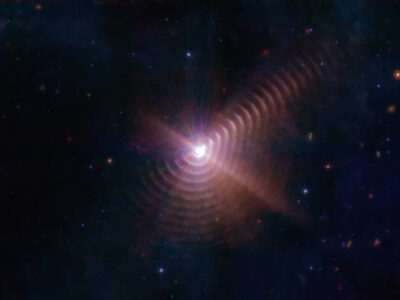
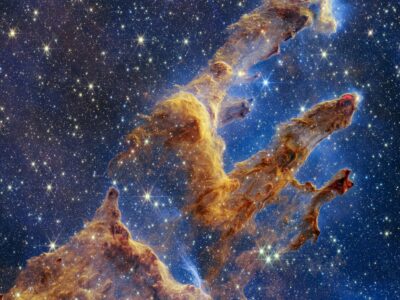
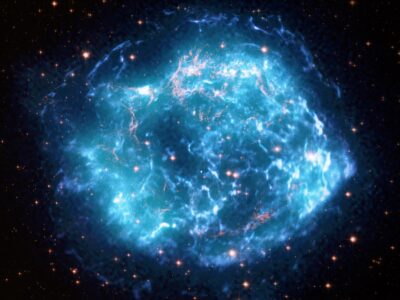
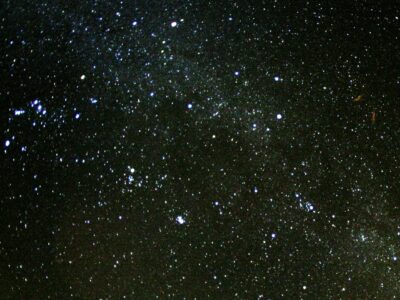



Hopefully, it will bring a breakthrough in the study of dark matter!
Hopefully, it will bring a breakthrough in the study of dark matter!